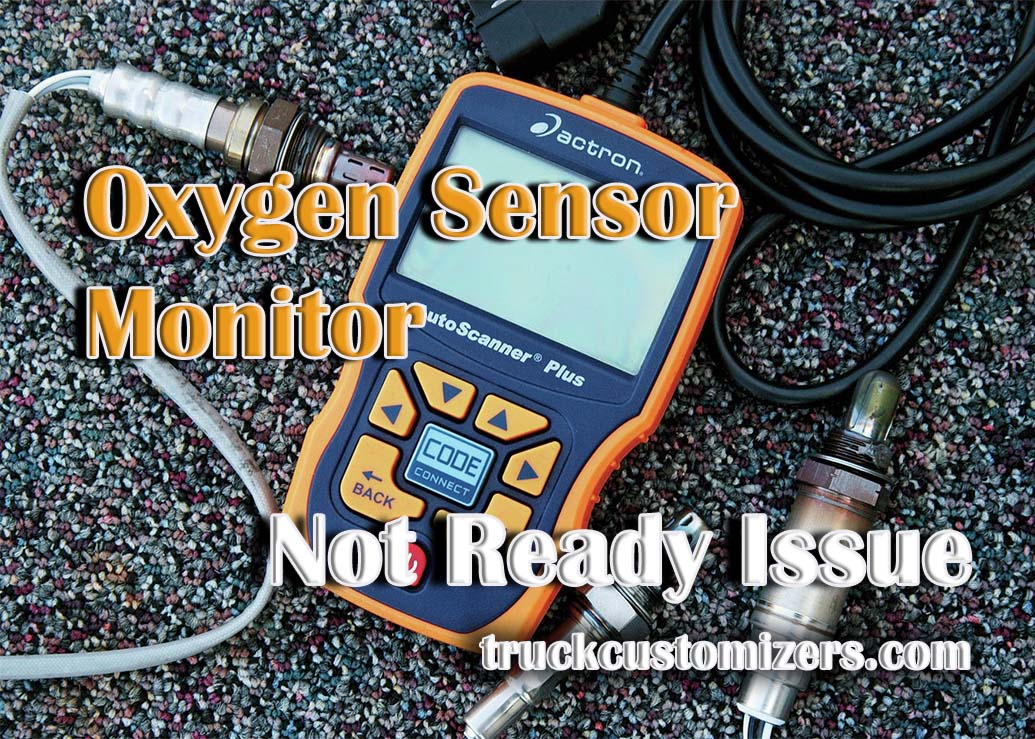The Trac light, prominently displayed on a car’s dashboard, is an essential indicator of the vehicle’s traction control system. This system plays a pivotal role in automotive safety, especially under challenging driving conditions like wet or icy roads. It helps maintain control by preventing wheel slip, ensuring the vehicle remains stable and responsive to driver inputs. When the Trac light illuminates, it signifies that the traction control system is either actively engaged in managing traction or has detected a problem that could hinder its effective operation. For drivers, understanding the Trac light is vital, as it provides critical information about the car’s ability to maintain grip and stability on the road. This light is not just a simple indicator; it is a gateway to understanding the complex interplay of the vehicle’s safety systems and their state of functionality.
Unraveling the Reasons Behind Trac Light Illumination
The Trac light can be activated for several reasons, each pointing to a different aspect of the traction control system’s performance or health. Common triggers for this light include malfunctions in wheel speed sensors, which play a crucial role in monitoring and communicating wheel rotation speed to the traction control system. When these sensors fail or provide inaccurate readings, the system cannot effectively manage the car’s traction. Other causes include issues within the system’s electronic components, such as the control module or software glitches that can disrupt the normal functioning of the traction control. External factors like adverse road conditions, tire wear, or incorrect tire pressure can also lead to the system’s activation, indicating a reduced ability of the vehicle to maintain proper traction. Understanding these triggers is crucial for drivers, as it guides them in seeking appropriate and timely solutions to ensure their vehicle’s safety systems are functioning optimally.
Step-by-Step Diagnosis of Trac Light Issues
To accurately diagnose the cause of the Trac light activation, follow these steps:
-
Inspect Tires and Road Conditions: Check for proper tire inflation and tread wear, and consider the current driving conditions.
-
Sensor Check: Evaluate the condition and functionality of the wheel speed sensors.
-
System Diagnostic: Use an OBD-II scanner to read any error codes related to the traction control system.
-
Component Inspection: Assess related components like the ABS for any signs of malfunction.
-
Traction Control System Evaluation: Ensure the system’s settings and calibrations are correct.

Effective Resolution of Traction Control System Problems
Addressing traction control system issues requires a methodical approach tailored to the specific problem identified during the diagnostic process. If sensor issues are detected, such as dirty or faulty wheel speed sensors, cleaning or replacing them can often resolve the problem. In cases where the system’s electronic components are malfunctioning, more in-depth electrical diagnostics and repairs might be needed, including potentially replacing control modules or updating system software. Tire-related problems, a common cause for Trac light activation, call for tire maintenance or replacement to ensure optimal traction.
Additionally, understanding the impact of wheel dynamics, including what is negative wheel offset, is crucial as it can affect the vehicle’s traction and stability. For more intricate issues, especially those related to the system’s integration with other vehicle components like the ABS, seeking professional assistance is advisable. Professionals can provide a comprehensive check and repair of the system, ensuring every aspect of the traction control is functioning correctly and safely. Regularly addressing these issues not only enhances driving safety but also prolongs the life of the vehicle’s traction control system.
Maintaining a Reliable Traction Control System
Ongoing maintenance is key to ensuring the longevity and reliability of your vehicle’s traction control system. This includes frequent inspections and cleaning of the wheel speed sensors, which are critical for the system’s accurate functioning. Ensuring that your tires are in good condition, with adequate tread depth and correct inflation, is also vital, as tires are the primary point of contact with the road surface. Regular checks of the ABS system, often integrated with the traction control system, are necessary to prevent overlapping issues. Staying vigilant for any signs of system degradation, such as unusual noises or changes in vehicle handling, can help catch potential problems early. Scheduling regular service appointments for your vehicle provides an opportunity for professionals to conduct thorough inspections and perform any necessary maintenance or repairs, thereby preventing future malfunctions and ensuring the system’s optimal performance.
Conclusion: Ensuring Optimal Performance of Your Car’s Traction Control
In conclusion, comprehending and maintaining your car’s Trac light and traction control system is fundamental for safe and efficient driving. Addressing Trac light alerts promptly and conducting regular system maintenance are key to ensuring the effective functioning of this crucial safety feature. Staying informed about the system’s status and being proactive in its upkeep can significantly enhance your driving experience, providing peace of mind and ensuring the safety of your vehicle. With a well-maintained traction control system, drivers can confidently navigate various road conditions, knowing that their vehicle is equipped to maintain stability and control.



